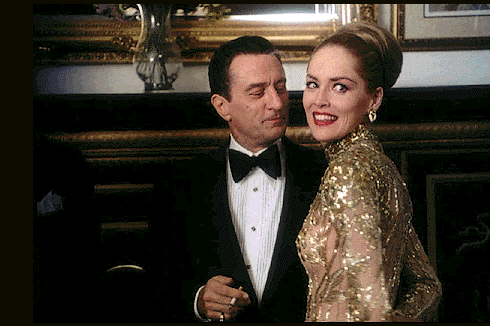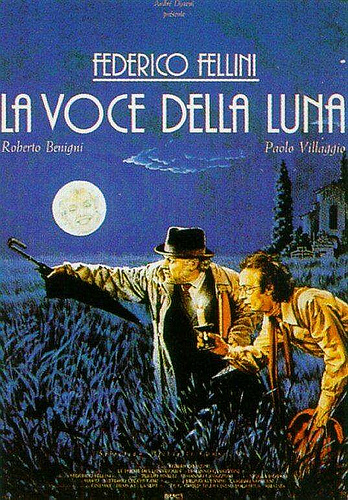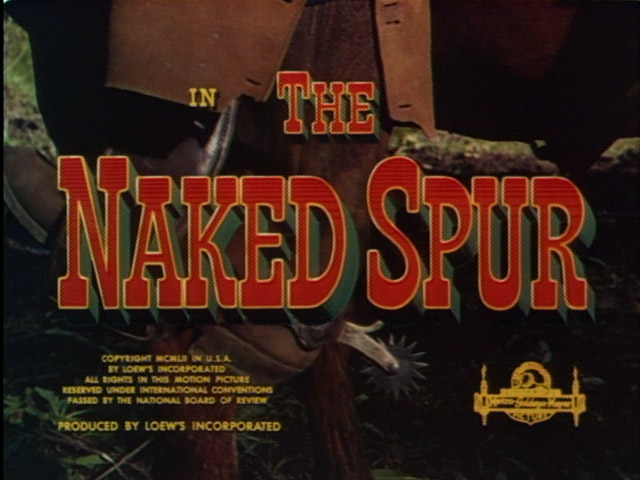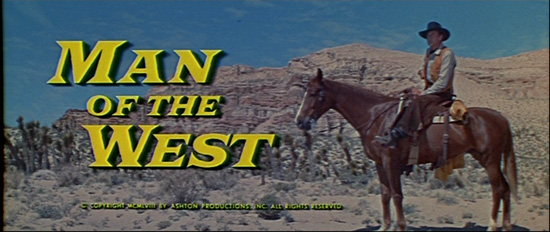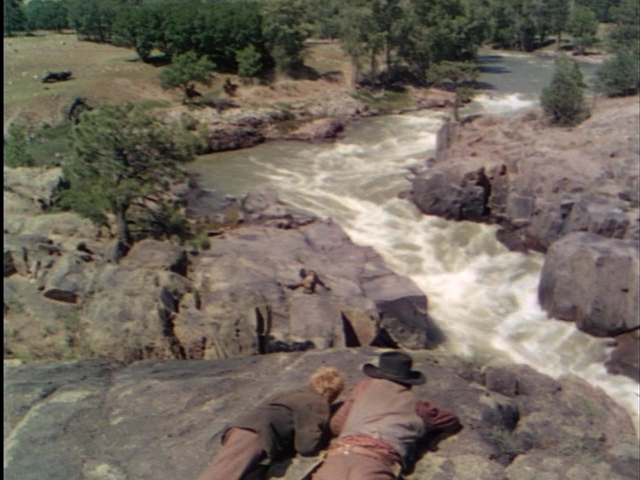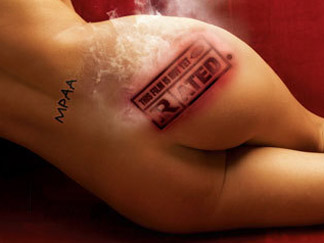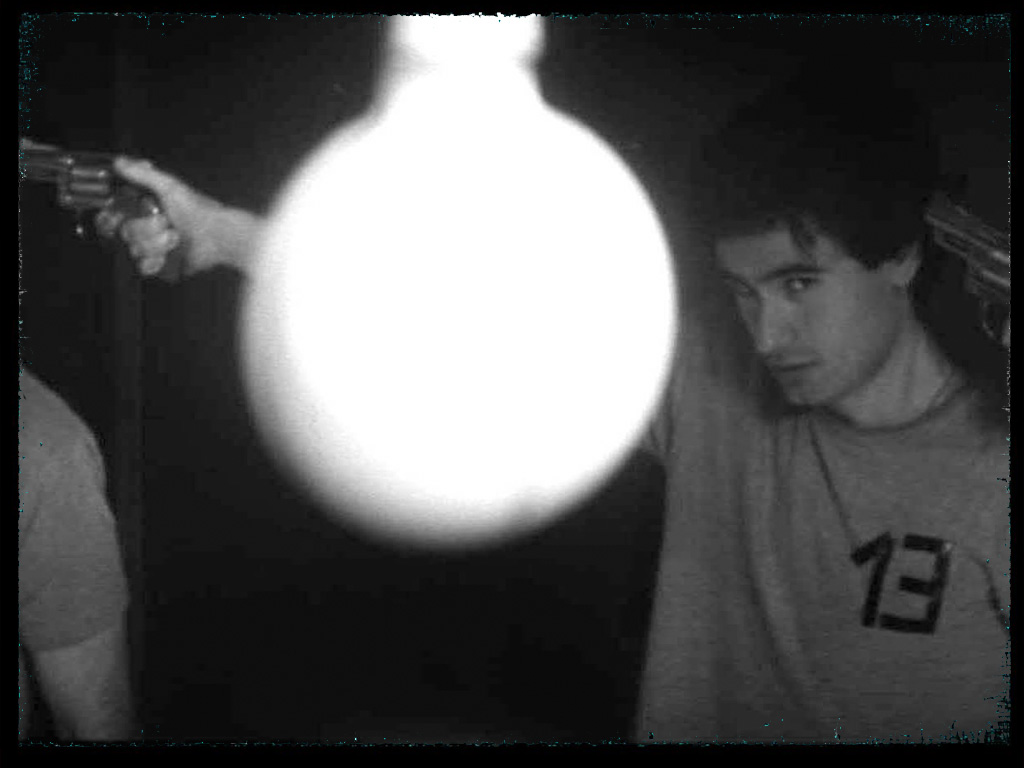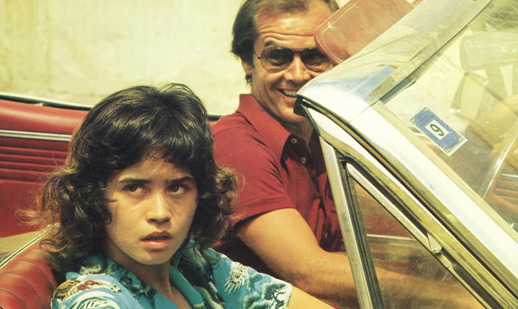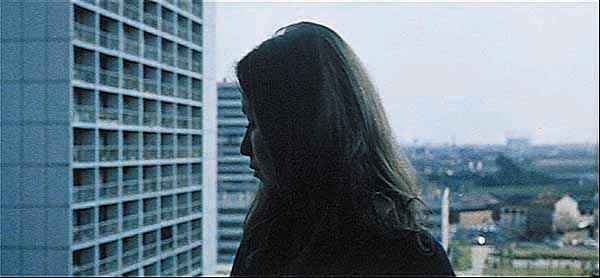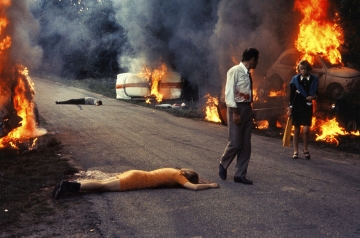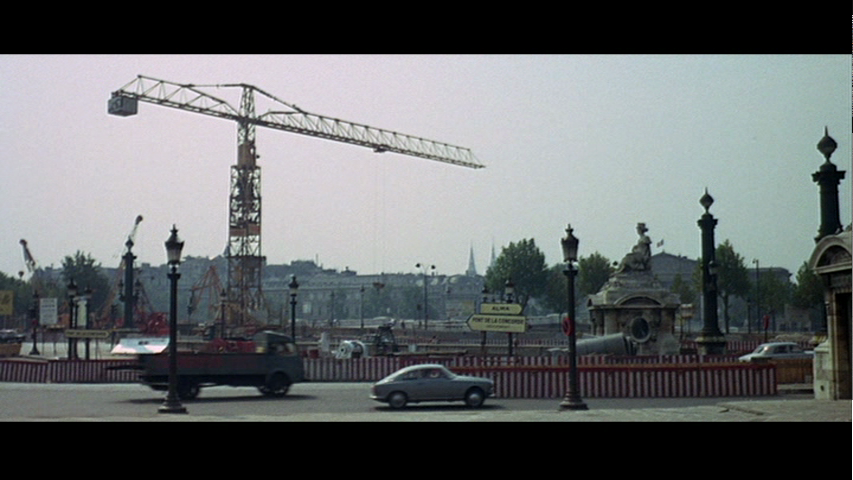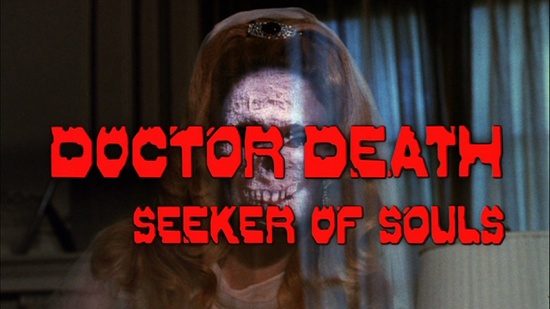From the Chicago Reader (December 1, 1995). — J.R.
The Voice of the Moon
** (Worth seeing)
Directed by Federico Fellini
Written by Fellini, Tullio Pinelli, and Ermanno Cavazzoni
With Roberto Benigni, Paolo Villaggio, Nadia Ottaviani, Marisa Tomasi, and Angelo Orlando.
Casino
** (Worth seeing)
Directed by Martin Scorsese
Written by Nicholas Pileggi and Scorsese
With Robert De Niro, Sharon Stone, Joe Pesci, James Woods, Don Rickles, Alan King, Kevin Pollak, and L.Q. Jones.
If I had the choice of seeing either Martin Scorsese’s latest (Casino) or Federico Fellini’s last (The Voice of the Moon) a second time, I’d opt for the Fellini. Both films are relatively minor works by relatively major filmmakers, though Scorsese has described The Voice of the Moon as one of Fellini’s “better pictures.” But Fellini’s swan song has a sweetness and sadness because it represents a kind of local — that is to say national — filmmaking that seems to be quickly vanishing from the mainstream. It isn’t hard to understand why no U.S. distributor has picked up this 1990 movie: it’s too Italian, and it isn’t at all easy to follow as storytelling, because it digresses all over the place. Yet these qualities, which are part of the film’s charm and poetry, might have worked in its favor outside Italy 30 years ago, when audiences tended to be more curious about other cultures and other forms of storytelling. Read more


